Summary / TL;DR
Website redesign should typically occur every three years, but frequency depends on factors like industry trends, user expectations, business goals, SEO requirements and technology updates. Indicators for redesign include outdated visuals, slow load times, poor mobile responsiveness and declining conversion rates. Regular redesigns help maintain competitive edge, improve user experience and align with evolving brand strategies. To minimise SEO disruptions during overhaul, best practices include using 301 redirects, preserving URLs, testing before launch and maintaining mobile responsiveness. Cost-effective alternatives to full redesigns include performance optimisation, incremental updates, A/B testing and visual refreshes. Consistent evaluation ensures relevance and customer engagement.
Are you thinking of redesigning your website? Great idea!
Remember when your website was a cutting-edge masterpiece? Well, over time, it can lose its charm due to evolving user expectations and the latest web design techniques.
But what’s the ideal frequency for a website redesign? There’s no hard and fast rule, as it can vary depending on a range of factors, as the right website redesign frequency depends on the type of product or service you provide, your business goals, and other essential factors.
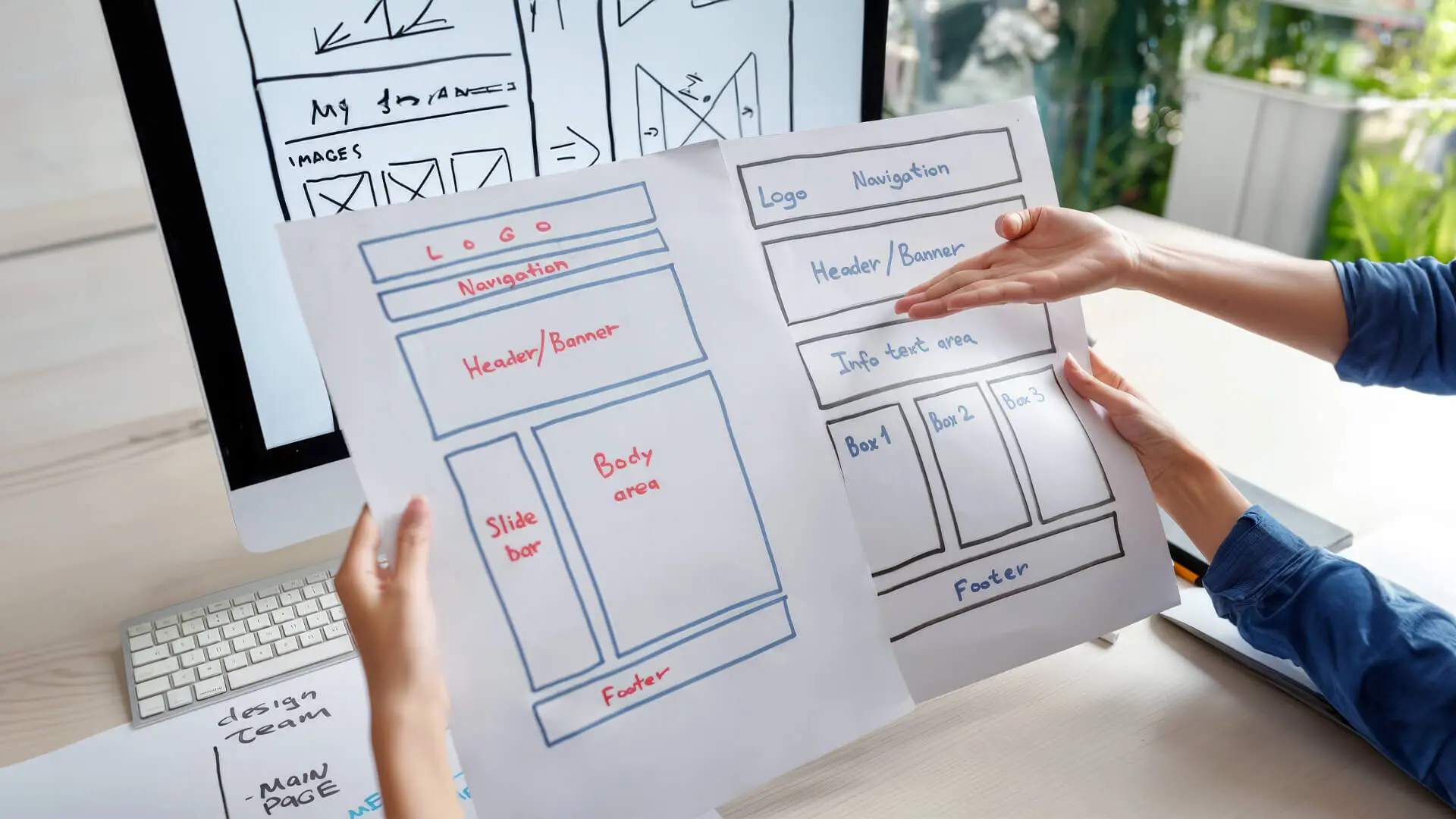
In today’s fast-paced digital world, where trends shift like the tides, the importance of website redesign cannot be overstated. A complete redesign can keep your online presence up to date and transform it from mundane to mesmerising!
In this article, we’ll explore how often you should redesign your website and the impact of timely overhauls. Keeping up with industry trends and user expectations is crucial. Stick with us to uncover the transformative power of redesigns and learn how to keep your website fresh.
Want to receive updates? Sign up to our newsletter
Each time a new blog is posted, you’ll receive a notification, it’s really that simple.
Factors To Consider When Deciding On Website Redesign Frequency
A strong online presence forms the backbone of any business in today’s rapidly changing marketing landscape. With trends and technologies constantly shifting, it’s vital to weigh the factors influencing how often you redesign your website. Here are some key considerations before you revamp your site:
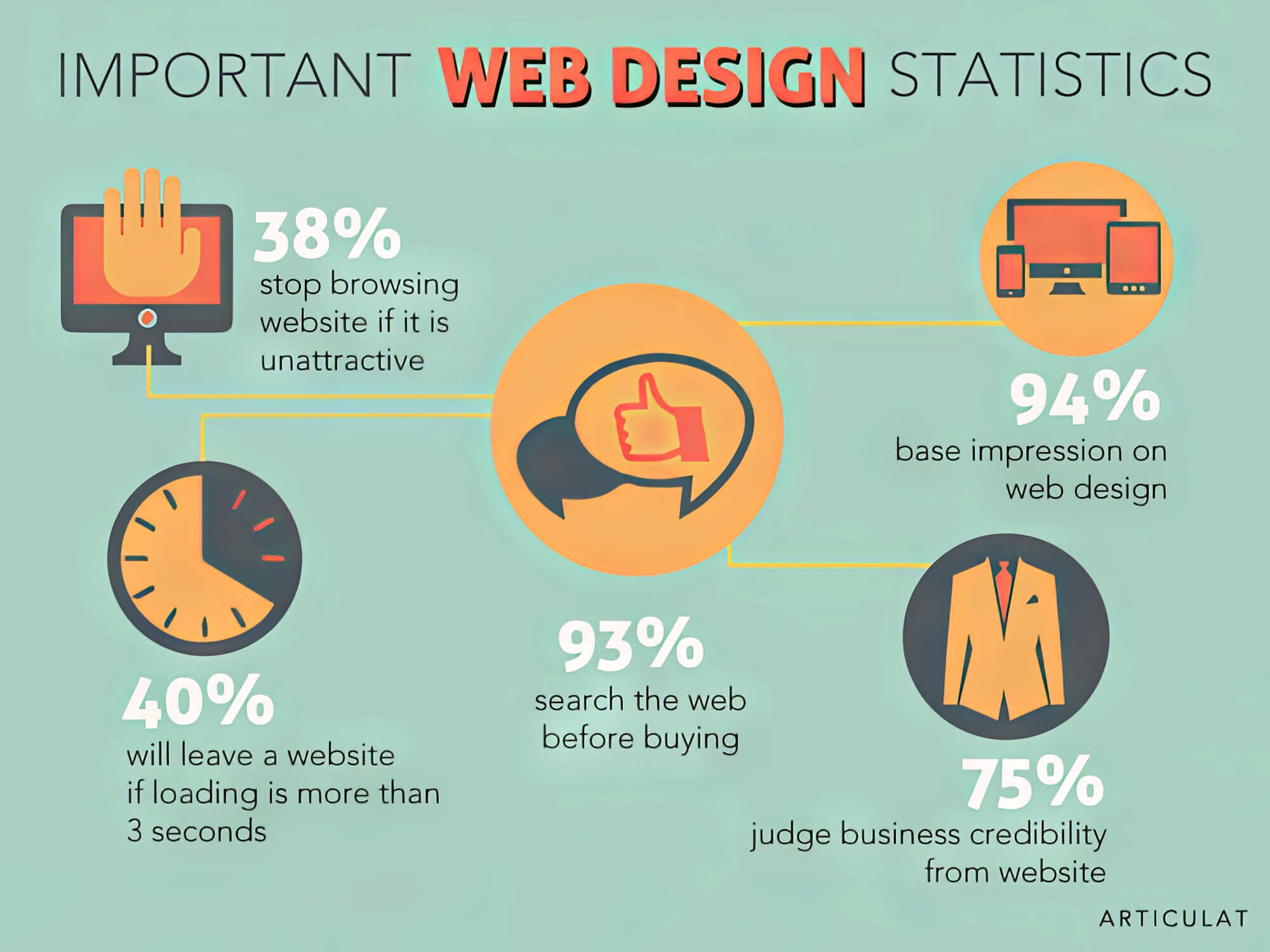
1. Changing Industry Standards
Keeping up with marketing industry standards and trends is crucial in our dynamic online world. First impressions, design aesthetics, user experience, and functionality can change quickly. Regularly evaluating your website against these benchmarks ensures it remains relevant and appealing to your audience.
2. Technological Advancements
With fast-paced tech advancements and new devices and browsers emerging, websites need updates to stay compatible. An outdated site can turn customers away and diminish your business’s value – a situation you want to avoid!
A comprehensive redesign ensures your site remains user-friendly and accessible on all platforms.
3. Competitors’ Websites
Understanding how your competitors present themselves online is essential. If they’ve recently updated their websites with cutting-edge features, it might be the right moment for you to follow suit.
By keeping up with their advancements, you ensure your business remains competitive and continues attracting potential customers.
4. Search Engine Optimisation (SEO)
Search engines continuously update their algorithms, affecting how websites rank in search results. An outdated website with poor search engine optimisation practices can lead to a drop in organic traffic and visibility.
Here, redesigning your website can address SEO concerns and improve your rankings, ensuring your business remains discoverable to potential customers.
5. Changing Business Goals
As your business evolves, so do its goals and objectives. Your current website, once perfectly aligned with the initial vision, may no longer reflect your current brand identity or offerings.
Thus, aligning your website with your evolving business goals through periodic redesigns is essential for maintaining a coherent and consistent online presence.
6. User Feedback And Analytics
User feedback and website analytics provide valuable insights into user behaviour and preferences. So, start by monitoring bounce rates, session durations, and other key metrics to gauge user engagement and satisfaction.
Negative trends or declining user interest may indicate a need for a redesign to address any issues affecting customers’ experience.
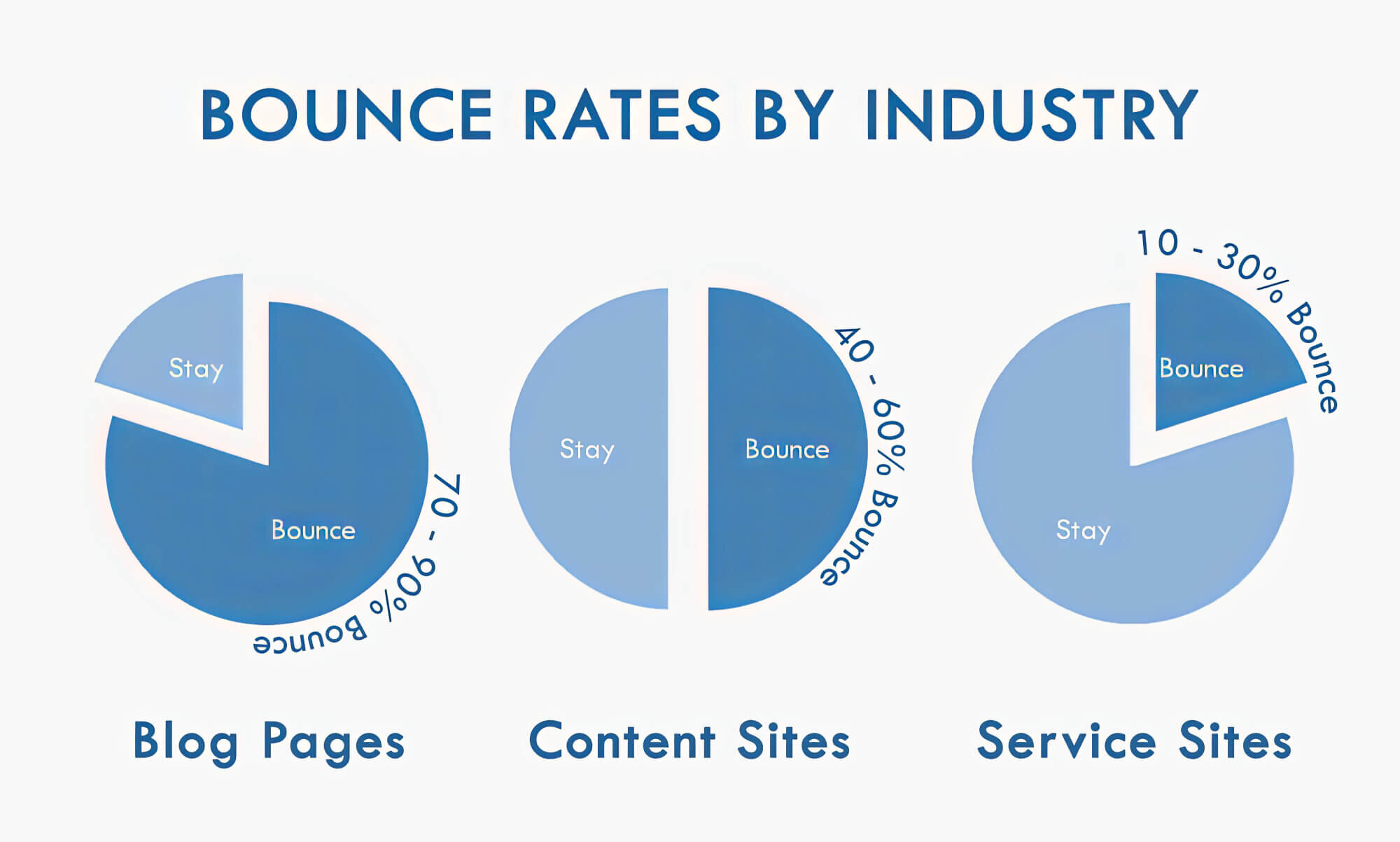
Signs It’s Time To Redesign Your Website
1. Your Website’s Design Is Outdated
How your website looks matters- an outdated design can turn away potential customers and hinder user engagement. If your current web page features old aesthetics or outdated design elements, it may be time for an upgrade.
Modernising the design can significantly improve user experience and reflect your brand’s current identity. If a retail website still employs a clunky and cluttered layout like the examples above, users might perceive it as untrustworthy. Consequently, they may move on to competitors with more contemporary designs.
2. Your Website Has A Slow Loading Speed
Nowadays, website visitors have little patience for a slow-loading web page. If your website takes too long to load, it can result in higher bounce rates and lower search engine rankings.
That’s when you must employ website speed testing tools to identify loading time issues and optimise your website accordingly. Ideally, your website should load completely within 1-2 seconds. You should also note that the chance of a bounce increases by 32% when a page load time goes from one to three seconds.
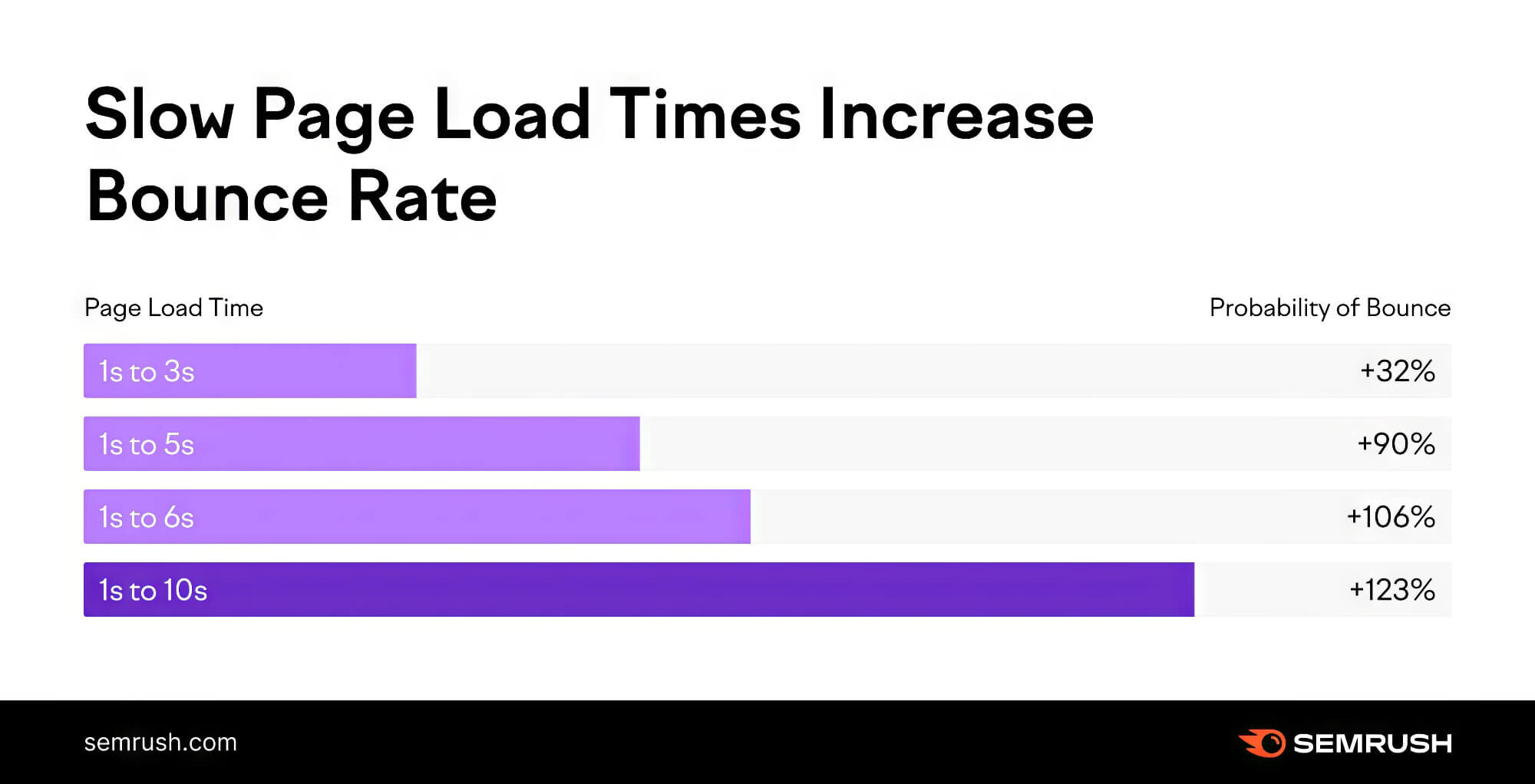
3. Your Current Website Provides Poor User Experience
A poor user experience can turn visitors away, leading to missed opportunities. Issues like confusing navigation, hard-to-find information, and broken links are common culprits.
To tackle these, dive into user feedback, conduct usability tests, and explore user behaviour with tools like heat maps to spot pain points and enhance the user experience.
4. Your Existing Website Shows Mobile Responsiveness Issues
With most web traffic coming from mobile devices, having a responsive website is crucial. If your site isn’t optimised for mobile, you risk alienating a large part of your audience.
Regularly test your site on different devices to ensure it adapts smoothly to various screen sizes and resolutions.
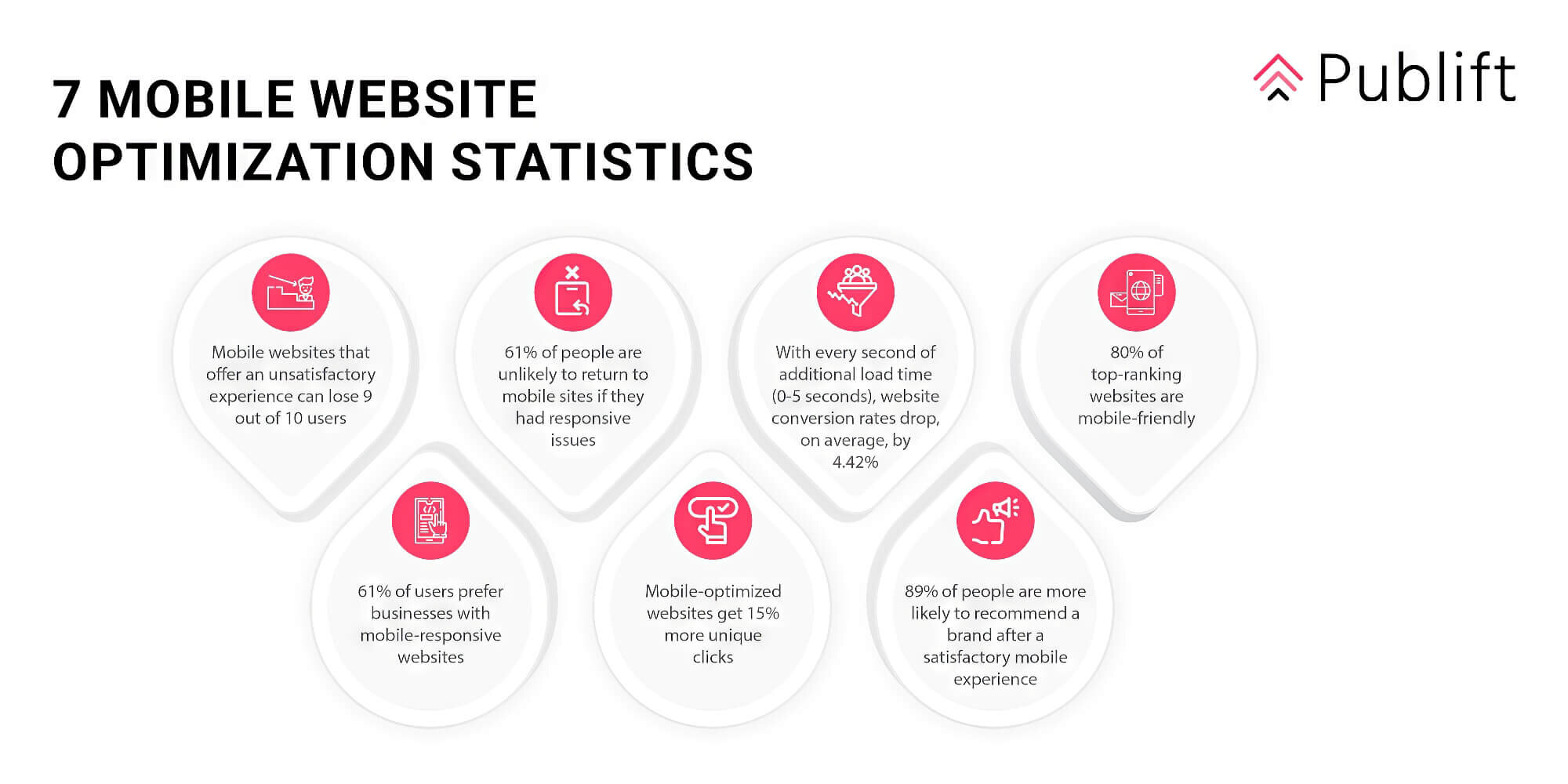
5. You Notice Declining Conversion Rates
Declining conversion rates are a sure-shot sign that your website is no longer effectively converting visitors into customers.
Start by conducting A/B testing on key elements like call-to-action buttons, forms, and product pages to identify what’s hindering conversions. After all, a well-executed website redesign that addresses these issues can lead to increased engagement and higher conversion rates.
As previously stated, to recognise these “warning” signs, regularly review website analytics, conduct user surveys, and seek feedback from your team and customers. You must also monitor competitors’ websites to stay informed about industry best practices and design trends.
Minimising SEO Impact During Website Redesign
If not handled properly, redesigning your website can pose potential SEO challenges that may negatively impact search engine rankings. To minimise these adverse effects and ensure an up-to-date web presence, consider the following best practices when redesigning your website.
1. Proper 301 Redirects
Implementing 301 redirects is crucial to guide search engines and users from old URLs to new ones. Failing to set up redirects can result in broken links and loss of valuable search engine authority.

2. Maintaining Consistent URLs
Avoid changing URLs unless necessary. Consistent URLs preserve link equity and user familiarity, reducing the risk of 404 errors and broken inbound links.
3. Optimising On-page Elements
During the redesign, focus on relevant keywords and maintain optimised on-page elements, such as title tags, meta descriptions, and headers. This helps search engines understand your content and preserves SEO value.
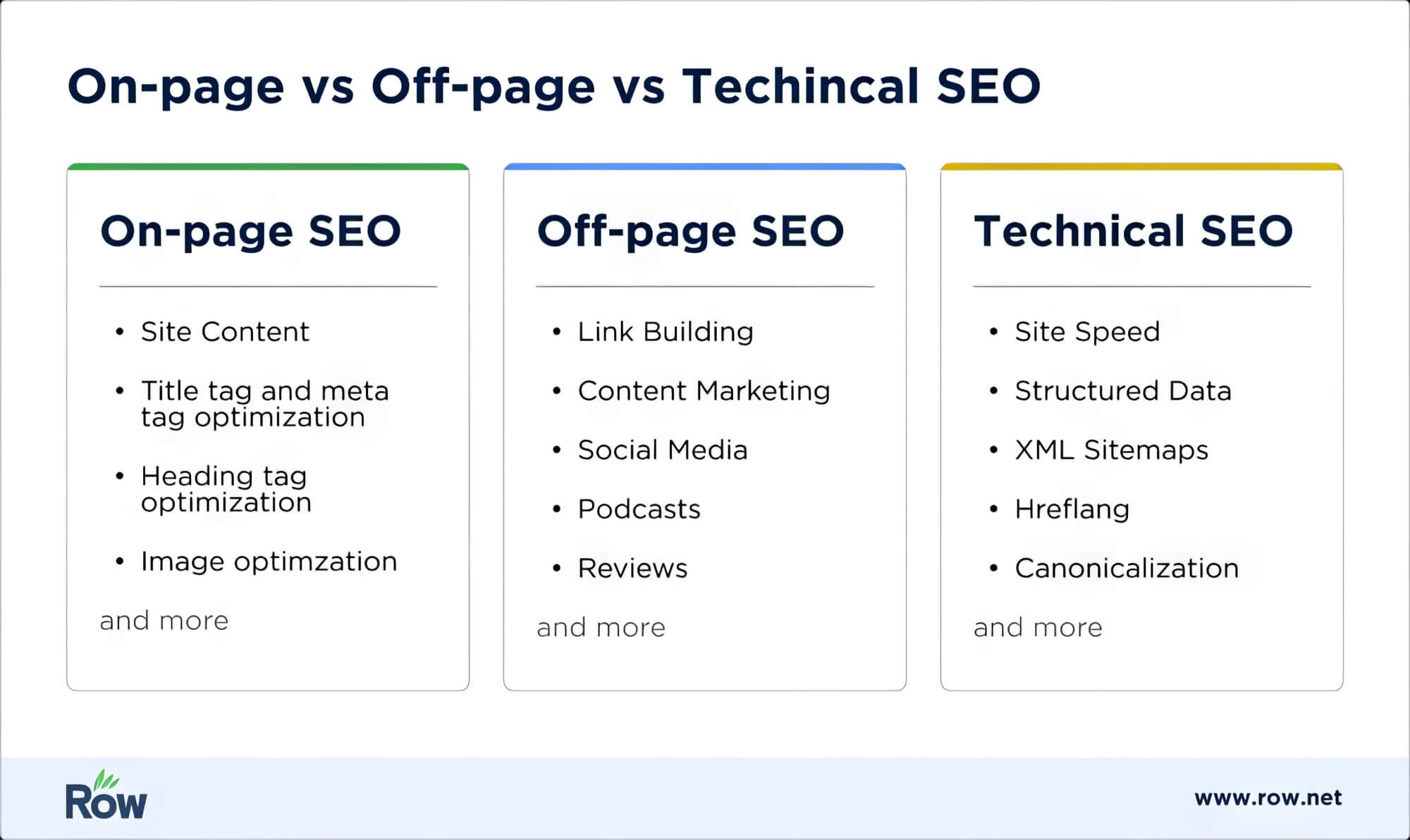
4. Mobile Responsiveness
Considering the majority of mobile users, search engines prioritise mobile-first indexing. So, make sure the new website is mobile-friendly. Notably, a responsive design caters to the growing mobile user base and positively impacts SEO rankings.
5. Content Management System (CMS)
Choose a content management system that aligns with SEO best practices, ensuring ease of content optimisation, URL control, and technical SEO elements. A well-structured CMS streamlines post-redesign SEO efforts.
6. XML Sitemap Submission
Submit a new XML sitemap to search engines to facilitate indexing and ensure all essential pages are crawled and ranked appropriately.
7. Monitoring Post-Redesign Metrics
Continuously monitor post-redesign metrics, such as organic traffic, rankings, and bounce rates, to identify any issues that may arise. You must also promptly address and rectify any negative changes to maintain SEO performance.
8. Test Before Going Live
Conduct thorough testing before getting your site ready for launch. Check for crawl errors, broken links, and any issues affecting SEO. Ensure the new site functions as expected across different devices and browsers.
Enhancing User Engagement Through Website Redesign
1. Intuitive Navigation
Start by streamlining site design with clear and intuitive navigation. Incorporate a user-friendly menu structure that allows visitors to find information quickly. Intuitive navigation reduces bounce rates and encourages users to explore more pages on your website, improving their overall experience.
2. Clear Calls-To-Actions (CTAs)
Strategically place clear and compelling CTAs throughout the new website design. Whether signing up for a newsletter, accessing the contact page, purchasing, or purchasing, well-designed CTAs guide visitors toward desired actions, increasing conversion rates and fostering the company’s growth.
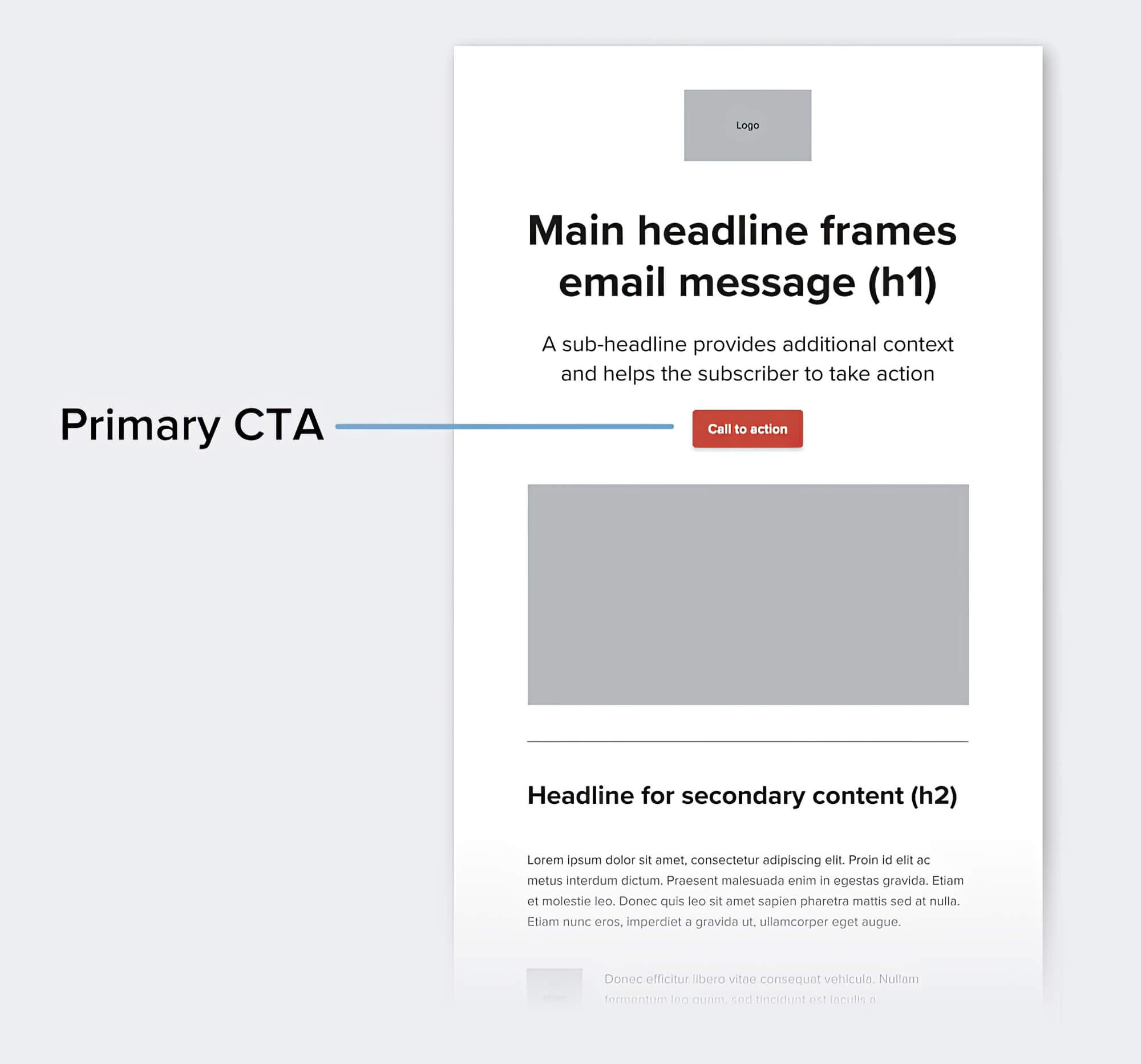
3. Responsive Design
When you redesign your website, ensure it is responsive and adapts seamlessly to various devices and screen sizes. A responsive design improves accessibility and user experience across all platforms.
4. Personalised Content
Implement personalised content based on user behaviour, preferences, and demographics. Consequently, use data analytics to understand user interactions and deliver relevant content tailored to individual needs.
Personalisation enhances user engagement, as visitors feel more connected to your brand and content.
5. Interactive Features
Integrating quizzes, polls, and interactive product showcases can captivate visitors and encourage active participation. Interactive features make the user experience more enjoyable and memorable, keeping users engaged and returning for more.
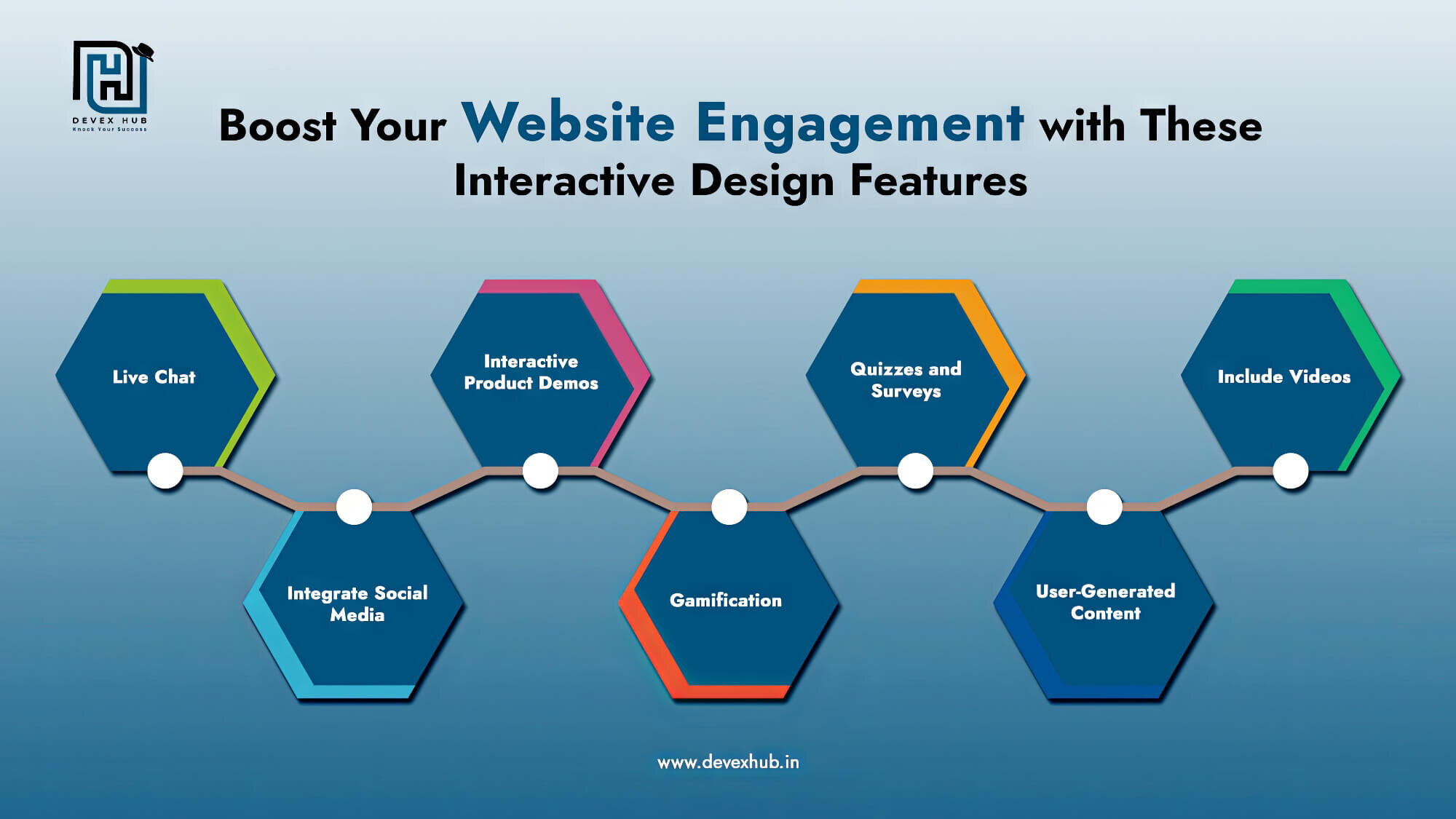
6. User-Focused Content
Craft content with the user in mind, addressing their pain points, needs, and interests. Engaging, informative, and relevant content keeps visitors returning for valuable insights and establishes your website as a reputable source in your industry.
7. Streamlined Page Layouts
Simplify page layouts to avoid clutter and confusion. Use white space effectively to enhance readability and draw attention to essential elements. A clean and organised design facilitates a seamless user experience.
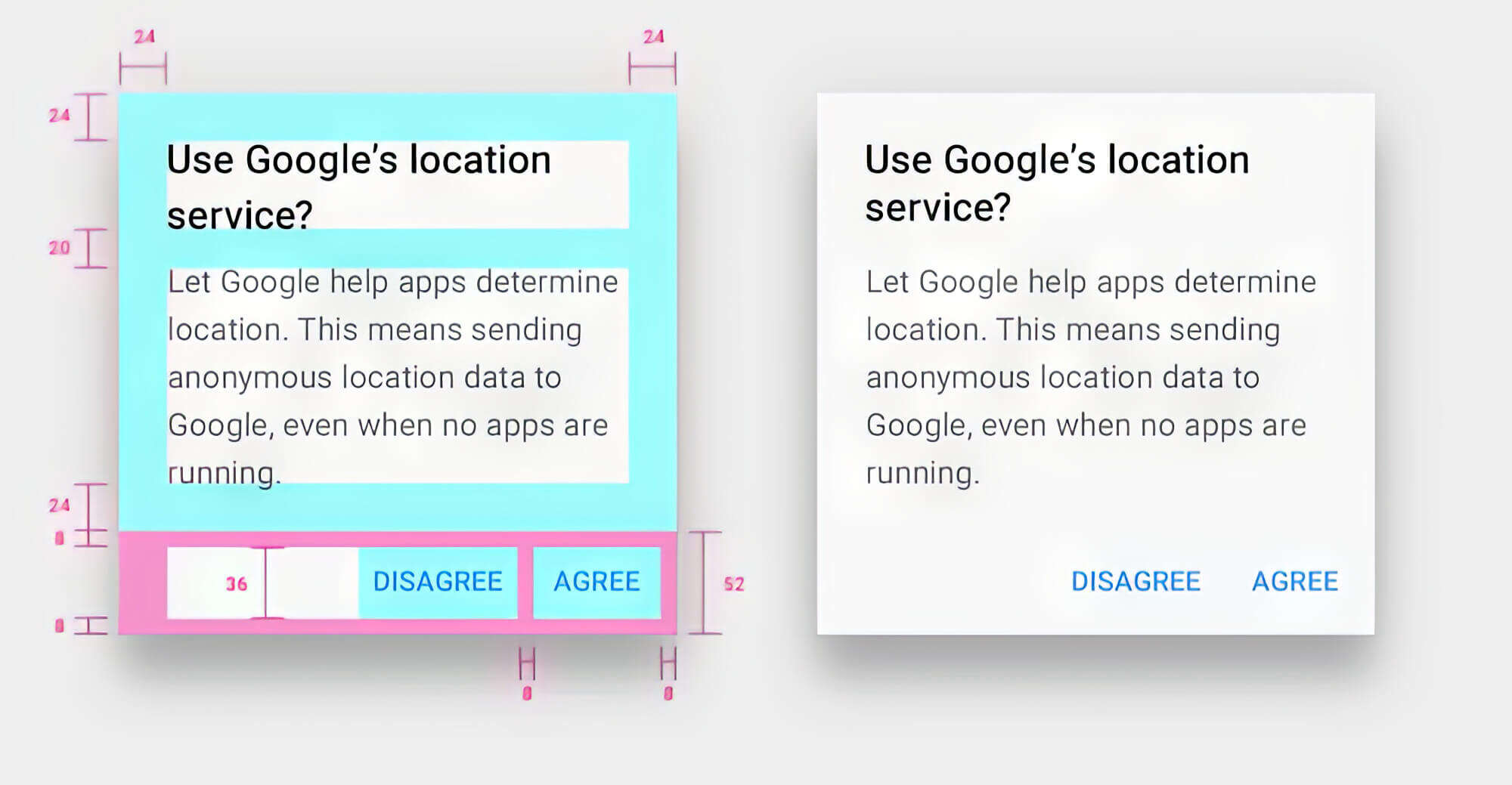
8. Visual Appeal
Finally, utilise visually appealing design elements, such as new images, videos, and graphics. Aesthetically pleasing web design visuals create a positive impression, making visitors more likely to stay on the site and explore its content further.
By incorporating these redesign tips into your web development process, you can create a website that adapts to your business changes while improving user engagement and overall user experience. A well-designed and content-rich website will support your company’s growth, ensuring it remains relevant and appealing to your target audience.
Cost-Effective Alternatives To Full Website Redesigns
While larger companies may have more resources to invest in full website redesigns, cost-effective alternatives are available for notable improvements.
1. Incremental Updates
Instead of overhauling the entire website immediately, focus on incremental updates over time. Prioritise and tackle the most critical areas individually as the business grows and the budget becomes available.
2. Visual Refreshes
A visual refresh refers to updating the website aesthetics and design elements without making significant structural changes. This approach can give the site a modern look without a complete redesign.
3. A/B Testing
Implement A/B testing to experiment with design elements, layouts, and content variations. This data-driven approach lets you identify what resonates best with your unique visitors, leading to targeted improvements and optimised user experiences.
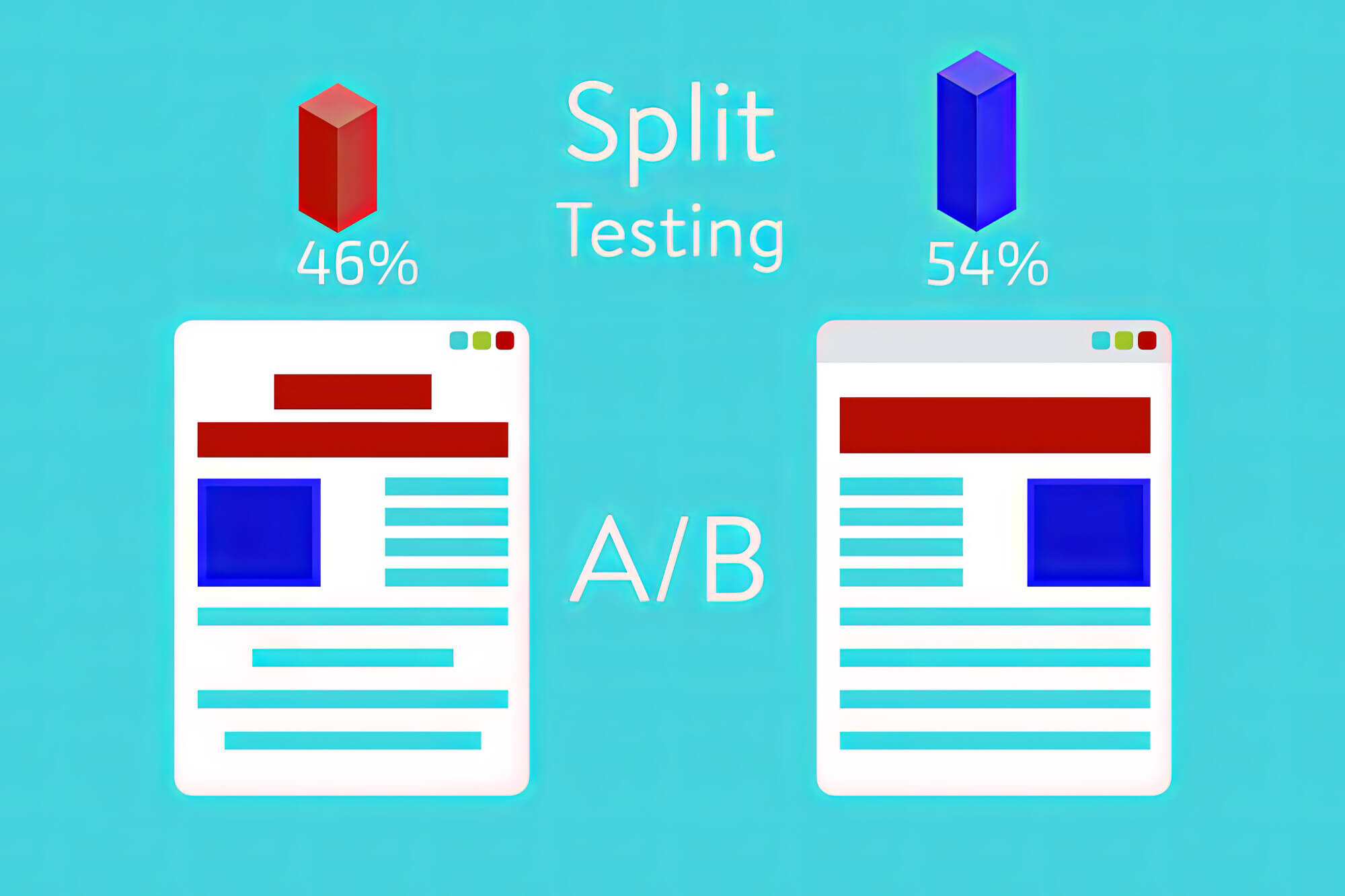
4. Performance Optimisation
You should further focus on optimising performance to enhance website loading times and responsiveness. Improving page speed can positively impact user engagement and search engine rankings, making it a valuable and cost-effective strategy.
5. Targeted Improvements
Identify specific sections of your home page or other web pages that require attention and concentrate on improving them individually.
6. Content Updates
Regularly update and optimise website content to ensure it remains relevant and valuable to visitors. Adding fresh and engaging content is an effective way to keep users coming back for more knowledge.
7. Leverage Open Source Solutions
For medium or smaller companies, leveraging open-source solutions can be cost-effective. Content management systems like WordPress offer a range of themes and plugins that can facilitate updates and improvements without a complete overhaul.
Lastly, remember that web development is an ongoing process. As your business grows and gains more knowledge about your users, you can gradually improve and provide an exceptional user experience.
Finding The Perfect Balance: When And How To Redesign Your Website
The frequency of website redesign plays a pivotal role in a business’s digital success. From staying up-to-date with industry trends and user expectations to addressing performance issues, regular website evaluations and redesigns are a must.
As a general rule, While the frequency of reviewing your website every few months depends on various factors, it’s best to stay relevant in the market by keeping your website fresh with a redesign every three years. By embracing incremental updates, A/B testing, and targeted improvements, businesses can maintain a competitive edge in today’s ever-changing digital landscape.
Is your website due for a fresh look? At sitecentre®, we specialise in website redesigns tailored to your unique brand, giving you the competitive edge you need. Let our expert web designer help you soar above above your competitors with a new, custom-designed website.
Contact us today and discover how our expert team can revitalise your online presence and propel your business to new heights!





